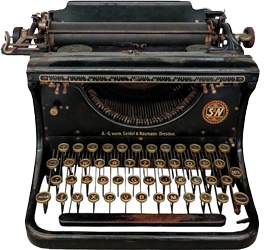March 28 – I continued to focus on the craft of writing by attending the session titled Creating Three-Dimensional Characters, the final panel for today. The panelists were Priscilla Paton (moderator), J.D. Allen, David Corbett, Sherry Harris, and C.J. Verburg. The questions focused on the character development process, the creation of side characters, using personal experiences to build characters, and the advantages and risks of writing about people you know. I’ve listed highlights and suggestions provided by each panel member, but any errors or inconsistencies are due entirely to faulty notetaking and/or memory on my part.
David

- His book, The Art of Character, focuses on character development
- Uses his acting background to help develop characters
- As an author you need to know what the character wants, what is standing in their way, and what do they have to do to overcome the obstacle
- Must understand the deep desire of the character that is unfulfilled, and why
- Don’t do anything different when developing a secondary character, just does it to a different level
- Tie main character to the more interesting secondary characters
- Secondary characters give your main character someone to talk to
- Let secondary characters illuminate something you want to show about the main character, a ghost is your main character’s problem with the past (might be a person), a revenant character forces the main character to deal with his ghost
- Secondary characters always externalize internal problems
- If you’re a friend of the writer, you deserve what you get (much laughter)
C.J.
- Writes two series to do two entirely different things with characters
- One series has a single narrator, first person, investigative sleuth
- Other series is a Miss Marple construction, third-person, every character has a little info but no one can see the entire story, police don’t have the same kind of access that those in the village café do
- Remind readers that it isn’t always about middle-class white people
- Think of characters as part of a mobile…when one character moves, another character has to move
- Characters are all quite different and illuminate a different part of the story
- Writing about someone you know, something real, can give you an advantage, but don’t betray your friends by being too close
- It is the job of a writer to understand as many people as you can and write about them (racially, ethnically, crossing gender lines, etc.)
J.D.
- Often bases characters on real people she knows
- Secondary characters often make things worse
- Can be used for comic relief, allows you to take a breath
- Has an intellectually smart protagonist who doesn’t want to deal with major drama, but his story is having to deal with the drama
- Writes character sketches to help with development
- “Absolutely” eavesdrops on people, they are pretty provocative these days (more laughter)
Sherry
- Uses personal experiences, she has seen people get in fights over stuff at garage sales (the subject of one of her series)
- Does not spend much time early working on characters
- Uses as many character varieties as she can
